Back to School Lesson: How Clean Were King Richard III’s Teeth?
Posted by Glennis Katzmark Jul 18, 2013

As we approach the fall season, it’s time for children to head back to school. Here is an interesting lesson for students of all ages—a look at oral hygiene in the Middle Ages. Many myths and facts have been published about the way people took care of their teeth during this time period. Giovanni of Arcoli, known as Johannes Arculanus, was a professor of medicine and surgery at Bologna during the 15th century, and was the first to mention filling decayed teeth with gold. Fortunately, researchers were able to gain a deeper understanding of medieval dentistry when the remains of King Richard III were found under a council car park (government parking lot) in Leicester, England in 2012.
Who Was King Richard III?
King Richard III was born October 2, 1452 to his father Richard Plantagenet, Duke of York, and mother Cecily Neville. Richard lost his father and older brother in 1460 at the Battle of Wakefield. In 1470, Richard and his brother King Edward IV were exiled after Henry VI briefly took back the throne. But Edward IV was restored to the thrown the following year. When King Edward IV died in 1483, Richard became responsible for the safety of his nephew King Edward V, who was only 12 years old. After a destructive publicity campaign, King Edward V lost the throne to Richard. In 1485, King Richard III was killed in battle on Bosworth Field in Leicestershire.
The King’s Remains
On February 4, 2013, experts confirmed that the remains found in Leicester were that of King Richard III. A study published in the British Dental Journal two months later reported that Richard III suffered from poor oral health, including dental caries (decay) and excessive tartar buildup. These findings support earlier research that found members of the higher social classes during the Middle Ages actually had more significant dental caries than those of lower social classes. According to Dr. Amit Rai, the study’s author, “For the lower social classes, access to limited range of dietary sugars and the consistent inability to cook carbohydrates resulted in a reduced caries experience.”
Researchers who examined the remains found that Richard III was missing several teeth, most likely due to dental caries. The mineralized deposits on the surfaces of his maxillary teeth were considered evidence of tartar buildup. On the other hand, researchers found less evidence of deposits on the upper right central incisor, leading them to believe that Richard III had “some degree of insight with dental hygiene, however basic.” In addition, there was “evidence of gap closure on two of the missing teeth which points to the early extraction of these teeth by skilled hands.”
Conclusions
The study found that barber surgeons legally practiced dentistry at the time of Richard III, although it was mainly unregulated. “The provision of dentistry in the 15th century was surprisingly sophisticated with evidence of restorative advances,” the study concluded.
Sources: National Center of Biotechnology Information, BBC.com, American Psychological Association
Image Source: en.wikipedia.org/wiki/Richard_III_of_England
Visit Our Office
Office Hours
- MON8:00 am - 6:00 pm
- TUE8:00 am - 6:00 pm
- WED8:00 am - 6:00 pm
- THU8:00 am - 6:00 pm
- FRIClosed
- SATClosed
- SUNClosed
10370 Richmond Ave. Ste 310,
Houston, TX
Phone : (832) 251-1234Text Us : (832) 251-1234





